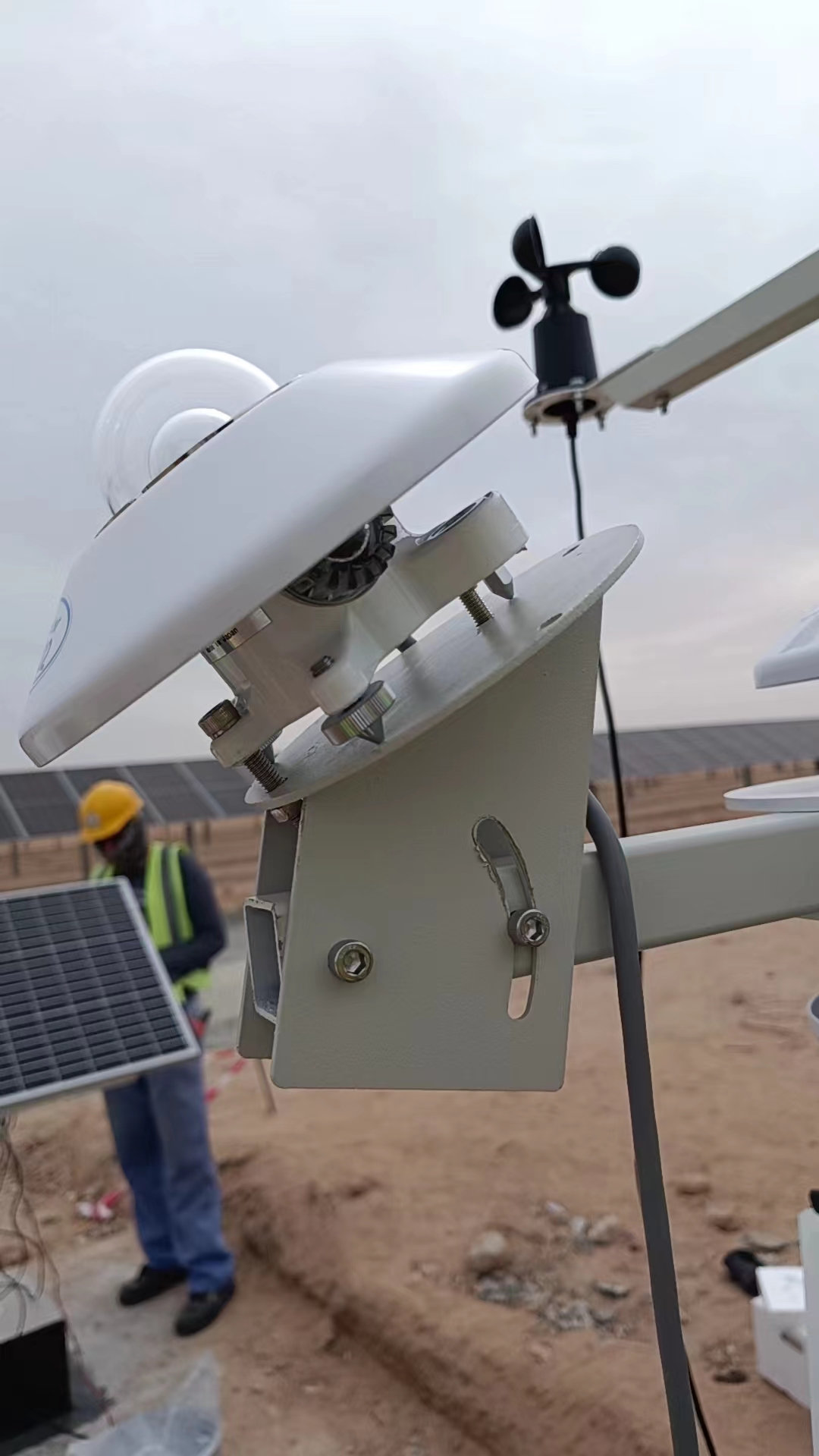Creating improved climate information and services in Vanuatu poses unique logistical challenges.
Andrew Harper has worked as NIWA’s Pacific climate specialist for over 15 years and knows what to expect when working in the region.
Plans are likely to include 17 bags of cement, 42 meters of PVC pipes, 80 meters of durable fencing material and tools to be delivered in time for construction, he said. “But that plan was thrown out the window when a supply barge did not leave port due to a passing hurricane.
“Local transport is often limited, so if you can find a rental car, that’s great. On the smaller islands of Vanuatu, accommodation, flights and food require cash, and this is not a problem until you realize that there are several places where foreigners can get cash. without returning to the mainland.”
Combined with language difficulties, logistics that you might take for granted in New Zealand can seem like an insurmountable challenge in the Pacific.
All these challenges had to be faced when NIWA began installing automatic weather stations (AWS) across Vanuatu earlier this year. These challenges meant that the work would not have been possible without local knowledge of the project partner, the Vanuatu Meteorology and Geological Hazards Department (VMGD).
Andrew Harper and his colleague Marty Flanagan worked alongside six VMGD technicians and a small team of local men doing manual labor. Andrew and Marty oversee the technical details and train and mentor VMGD staff so they can work autonomously on future projects.
Six stations have already been installed, three more have been shipped and will be installed in September. Six more are planned, possibly next year.
NIWA technical staff can provide ongoing support if required, but the underlying idea behind this work in Vanuatu and much of NIWA’s work in the Pacific is to enable local organizations in each country to maintain their own equipment and support their own operations.
The AWS network will cover almost 1,000 kilometers from Aneityum in the south to Vanua Lava in the north.
Each AWS is equipped with precision instruments that measure wind speed and direction, air and ground temperatures, air pressure, humidity, precipitation and solar radiation. All instruments are installed in a strictly regulated manner in accordance with World Meteorological Organization standards and procedures to ensure consistency in reporting.
Data from these devices is transmitted via the Internet to a central data archive. This may seem simple at first, but the key is to ensure that all the tools are installed so that they perform correctly and last for many years with minimal maintenance requirements. Is the temperature sensor 1.2 meters above the ground? Is the depth of the soil moisture sensor exactly 0.2 meters? Does the weather vane point exactly north? NIVA’s experience in this area is invaluable – everything is clear and needs to be done carefully.
Vanuatu, like most countries in the Pacific region, is highly vulnerable to natural disasters such as hurricanes and droughts.
But VMGD project coordinator Sam Thapo says data can do much more. “It will improve the lives of the people who live here in many ways.”
Sam said the information would help Vanuatu government departments better plan climate-related activities. For example, the Ministry of Fisheries and Agriculture will be able to plan for water storage needs thanks to more accurate seasonal forecasts of temperature and precipitation. The tourism industry will benefit from a better understanding of weather patterns and how El Niño/La Niña affects the region.
Significant improvements in precipitation and temperature data will allow the Department of Health to provide better advice on mosquito-borne diseases. The Department of Energy could gain new insight into the potential of solar power to replace some islands’ reliance on diesel power.
The work was funded by the Global Environment Facility and implemented by Vanuatu’s Ministry of Climate Change and the United Nations Development Program (UNDP) as part of the Building Resilience through Infrastructure Improvement program. It’s a relatively small cost, but with the potential to get a lot more in return.
Post time: Sep-30-2024


